JOHN COSMAS
Program Manager
home | practice & experience | representative work | portfolio | contact | site map | find
![]()
|
|
|
|
|
|
|
|
|
| |||||||||||||||||||||||||||||||||||||||||||||||||||||||||||||||||||||||||||||||||||||||
|
|
Based out of Merrill, Wisconsin, this insurance company serves churches throughout the United States. This particular client offered a unique situation where the implementation of the EIM solution would be faced with changing requirements. A new sales force program was being implemented, while a small handful of traditional programs were being retained. It also includes service personnel, sales managers and addresses various compensation packages such as bonuses and incentives. In addition to the contemporary structures, the program must take into account evolving sales force conditions designed to manage product development and business performance. It must also take into account chargebacks, cancellations, consumer behavioral problems and lateral movement of the sales force itself. This also entertains the need to provide comparative analysis of traditional and emerging programs which would also serve future forecasting capabilities. The project would require thorough validation, frequent use case testing and technical reviews to ensure the desired outcome of the solution package.
Features included in the design of this project are:
To facilitate the complex nature of this project, a few product enhancement tools were developed to ease the initial prototype of the solution package, and to help guide the outcome of requirements into design with accuracy. The various tools designed with contemporary MS Access and MS Excel technologies made it easier to operate, code and share with both customers, developers and project members. The resulting set of tools are highly portable, configurable and includes wizard that regulates user activities. These features along with data integrity checks ensures that underlying table relationships are properly enforced.
A MS Access database was also designed to decompose the existing organizational structure, emerging compensation programs, related incentive programs and bonus packages into a relational database to ease analysis, prototyping, transformation and report development. This database would be used to generate test data and used to load configuration profiles into the EIM final solution. These tools represent a new and improved process for creating solutions that can be designed rapidly, offer validation of designs and exercise the underlying J2EE sub-systems.
Designed exclusively to alleviate prototyping, comparative analysis, custom reporting and query analysis, this tool simplifies administration of the EIM system as it bypasses the web-based system designed to operate with it originally. This independent tool also offers the opportunity to read the host EIM database without the need to load, install, configure or host the application. It is a unique solution that enables administrators to examine the known tables, procedures and content of any of its EIM databases quickly and with complete ease.
This MS Access database tool is founded on the following requirements and features:
The embedded RE-ATTACH tool enables users to traverse networks and database instances easily. It is also used to discern payee-customer, various relationships, table structures and profiles with minimal knowledge of the host application.
This is a critical tool that was intended to help ease the testing process by generating the various types and levels of data required to prototype and configure the EIM system. The VBA code in the MS Excel application contains the necessary intelligence to discern simple test inputs such as customer, transaction and account records into executable transaction XML data. In this way, transactions would never have to be created manually, and the resulting sheets that represent use cases, cycles and scenarios would offer a concise log of transaction activity. This also helps to create a packaged test tool that is highly portable and can be executed across various implementations.
This tool is designed with the following specifications:
The XML file output is one of the forms of input accepted by the EIM base system. The VBA code contains the intelligence necessary to recreate XML files used by the host application. It reads source information from a collection of sheets and creates a collection of additional worksheets that may represent up to 16 periods (months) of transactions. The schemes applied to cells, and rows are intended to help validate the output visually. The resulting spreadsheets in the workbook provides ample documentation to describe the particular test scenario it is designed to support. |
|
To alleviate knowing XML and to ease the design of configuration of application profiles for both customers and implementation engineer, this MS Excel tool is capable of loading and entire profile directly into the EIM back-end SQL database. It combines the functionality of an ETL (extraction, transformation & loading) logic and a profiling tool packaged for portability and ease of use.
Other user friendly features include:
The WIZARD design ensures that the operate follows very specific steps in loading configuration data, and to instruct the application to perform very specific loading, restoration or update functions. The accompanying TABLE SELECTION feature will also enable the user to load configuration data in stages (i.e. - system data prior or accounts, or accounts data only during a cycle). Another useful feature is the REPLACEMENT function that replaces any existing records in the host database using the information supplied in the application. Similarly, the INSERT feature will only APPEND new records supplied in the source spreadsheets. An OVERWRITE function is an additional condition designed to the UPDATE existing record. The three (3) standard options provides the user with the most common record processing functions; making it highly operational and valuable in all aspects of development, testing and it the field where responsive tools such as the LOADER can save time, reduce errors and create the documentation necessary to affirm intended results or to troubleshoot potential problems returned by system generated errors.
A unique key generator was also created to help alleviate duplicate values, since the AUTONUMBER feature was been intentionally turned off in the host SQL Server database. Combined with the relational integrity logic, the application is designed to ensure that any mandatory records in CHILD table(s) are created to support PARENT table that rely on such requirements. For this reason, the UNIQUE KEY GENERATOR is used to properly connect all records and data structures together to form an established chain. If any previous tables have not been loaded, integrity checks were put in place to alert the user of such problems. These are just some of the valuable data integrity features designed to make the LOADER application very reliable.
This application radically enhances the way the system is loaded, configured and tested by offering structure, process and documentation - an approach and feature previously unavailable to the development, customer or implementation team. Furthermore, it allows the sales team to build or configure a EIM system rapidly and enable them to showcase a solution to the customer using the customer's proprietary information within a short amount of time. It will also leverage the use of sample packages and combine them with customer supplied data with relative ease and accelerate demonstration and prototyping activities. This approach dramatically overcomes the traditional methods by offering ready-to-deploy selection of configurations that matches a variety of existing business and compensation models that can be prototyped for the customer within a matter of hours. In conjunction with the Test Data Generator and ACom3 Reader tools, they create a concise set of tools that can facilitates remote and development teams the ability to generate a customer database that is both easy to operate and construct outside the traditional means.
This MS Excel application is a simplified version of the Database Configuration Loader, which is designed to produce a customized XML data file which will be imported into the EIM database. Unlike its predecessor, this loader application is focused on a single table and overcomes the problem of generating an excess of 1000 lines of XML line records.
Other user centric features include:
This application will also maintain database integrity by ensuring that related data that appears in supporting tables are created properly.
To overcome the limitations of a simple MS Excel spreadsheet that is used to keep track of issues and problems, the Issue Log Reader which is a forms based MS Excel solution was designed to treat the contemporary issues log as a source database. Many highly functional features were added to ease the use, analysis and administration of the connected issue log document.
Some of the key features included are:
This highly effective reader tool creates a professional look-and-feel to a simple and flat issues log that traverses multiple worksheets in a workbook that represents a project database. The comprehensive search tool is particularly useful because it has the ability to navigate multiple worksheets and generate a single result set that is returned into a equally functional form. In this way, the user can view all search results in a comprehensive representation.
|
| |||||||||||||||||||||||||||||||||||||||||||||||||||||||||||||||||||||||||||||||||||||||
Privacy Policy | Terms of Use
home | practice & experience | representative work | portfolio | contact | site map | find




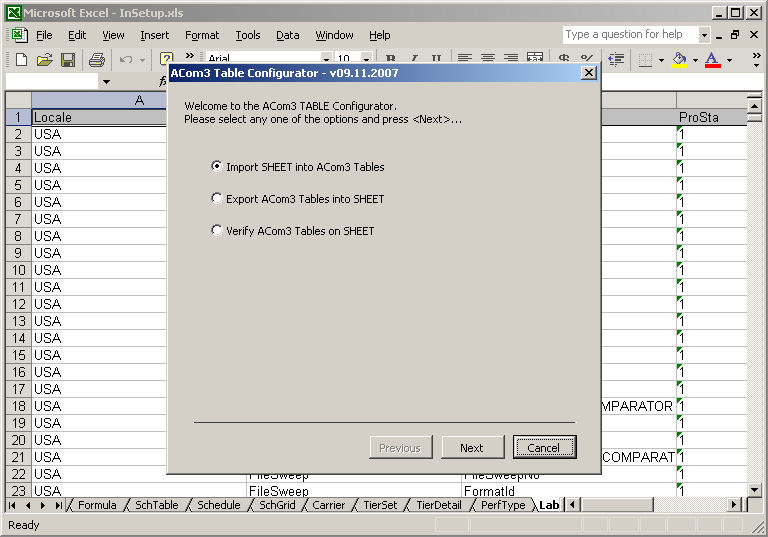

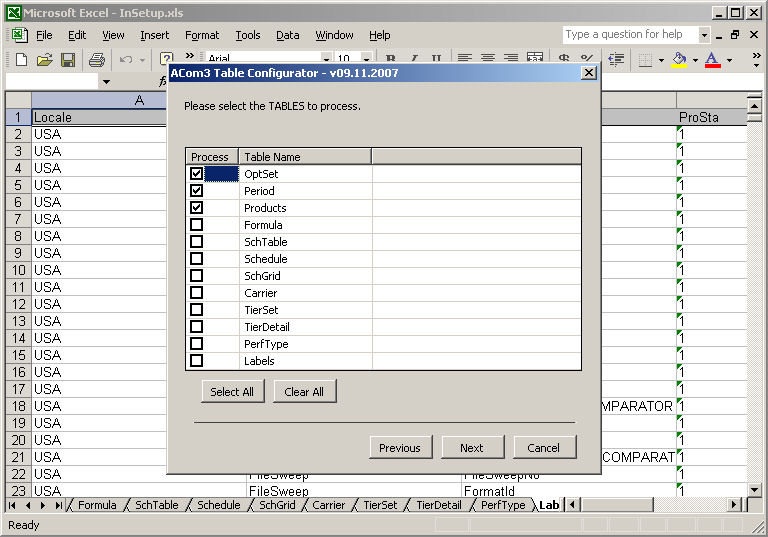
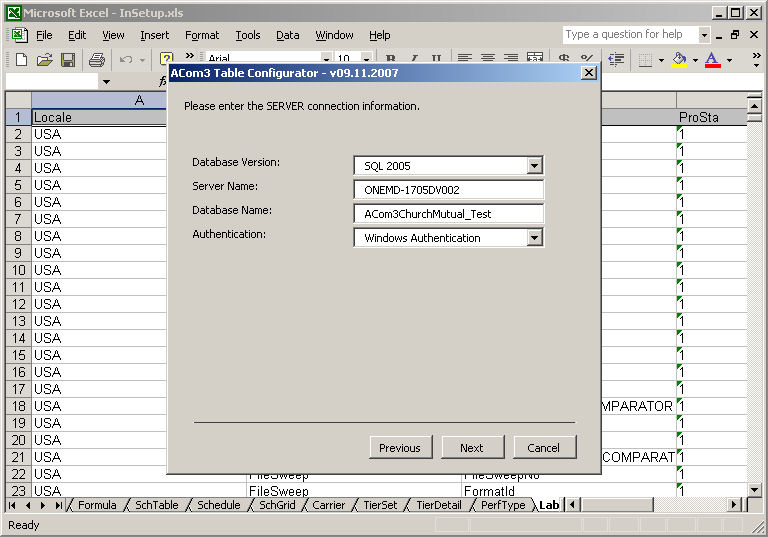
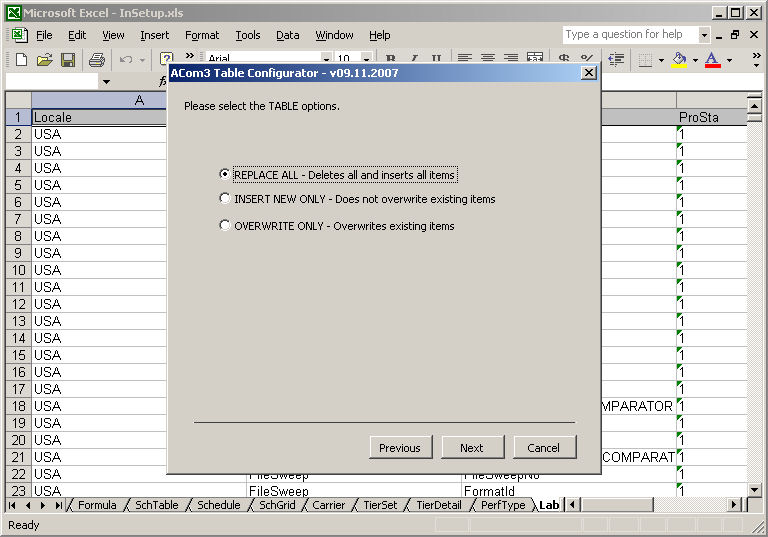
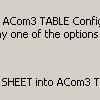
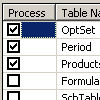
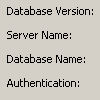
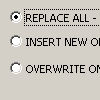
 Actek
Actek
